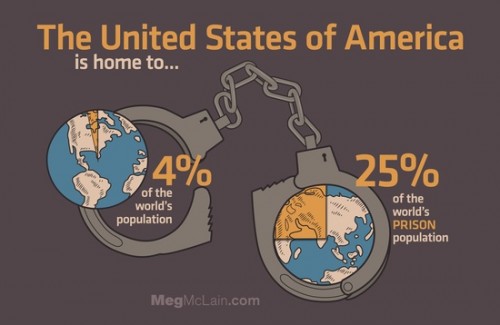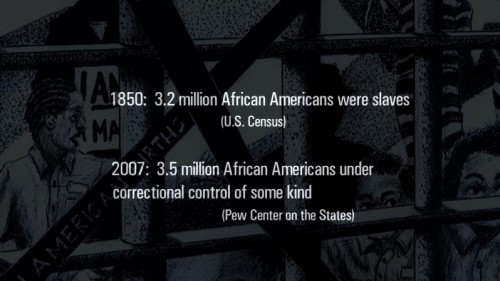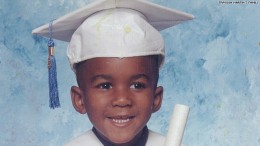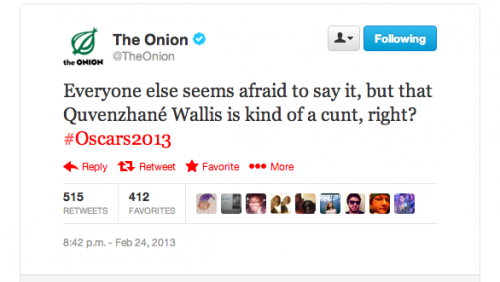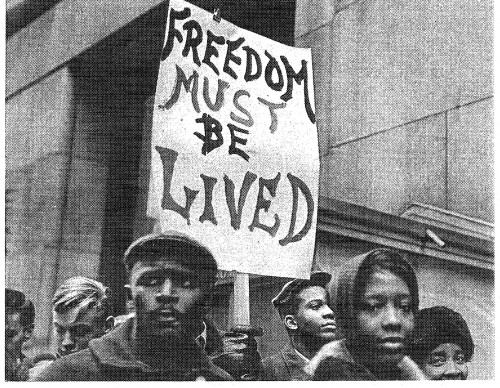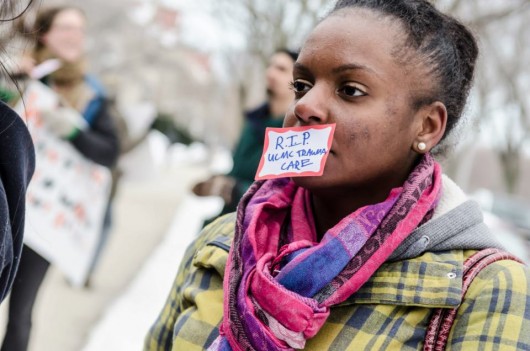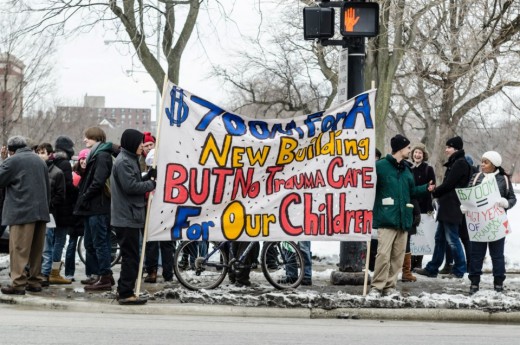Black History Month officially comes to a close today. But as I mentioned in an earlier post, black history is American history so I always talk about it on the blog. Today, I wanted to highlight an important but not well-known historical moment that relates to our current prison nation: “The Negro Silent Protest Parade.”
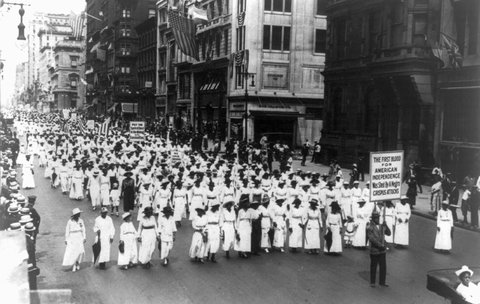
Silent March Parade, 7/1917
“On July 1, 1917, two white policemen were killed in East St. Louis, Illinois, in an altercation caused when marauders attacked black homes. The incident sparked a race riot on July 2, which ended with forty-eight killed, hundreds injured, and thousands of blacks fleeing the city when their homes were burned. The police and state militia did little to prevent the carnage. On July 28, the NAACP protested with a silent march of 10,000 black men, women, and children down New York’s Fifth Avenue. The participants marched behind a row of drummers carrying banners calling for justice and equal rights. The only sound was the beat of muffled drums (source).”
Read more about this in the New York Times.
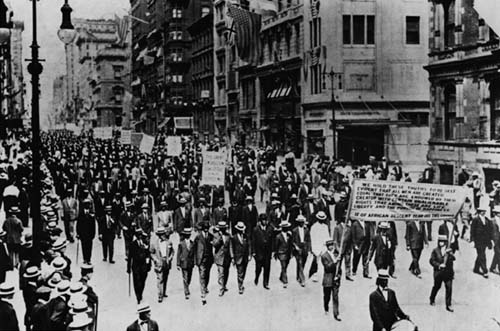
Negro Silent Protest Parade, July 1917
The march was organized by an ad-hoc group formed at St. Philip’s Church in Harlem. James Weldon Johnson was a key organizer of the “Negro Silent Protest Parade.” As the protesters marched silently down 5th Avenue, Boy scouts distributed fliers describing the NAACP’s struggle against segregation, lynching, discrimination, and other forms of racist oppression. It’s hard to imagine Boy and Girl Scouts in the 21st century participating in a mass protest against racialized mass incarceration…
Men, women, and children carried placards that read: “MOTHER, DO LYNCHERS GO TO HEAVEN?; “GIVE ME A CHANCE TO LIVE”; “TREAT US SO THAT WE MAY LOVE OUR COUNTRY”; “MR. PRESIDENT, WHY NOT MAKE AMERICA SAFE FOR DEMOCRACY?; AND “YOUR HANDS ARE FULL OF BLOOD.”
NAACP literature outlined the objectives and goals of the march:
We march because by the Grace of God and the force of truth, the dangerous, hampering walls of prejudice and inhuman injustices must fall.
We march because we want to make impossible a repetition of Waco, Memphis, and East St. Louis, by arousing the conscience of the country and bringing the murders of our brothers, sisters, and innocent children to justice.
We march because we deem it a crime to be silent in the face of such barbaric acts.
We march because we are thoroughly opposed to Jim-Crow Cars, Segregation, Discrimination, Disfranchisement, Lynching, and the host of evils that are forced on us. It is time that the Spirit of Christ should be manifested in the making and execution of laws.
We march because we want our children to live in a better land and enjoy fairer conditions than have fallen to our lot.
Could we get 10,000 black Chicagoans to march silently down Michigan Avenue to protest racialized mass incarceration today? If so, would anyone care?
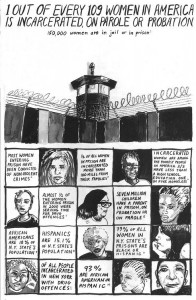 The Sentencing Project released a new report titled “The Changing Racial Dynamics of Women’s Incarceration (PDF).” The report finds that:
The Sentencing Project released a new report titled “The Changing Racial Dynamics of Women’s Incarceration (PDF).” The report finds that: